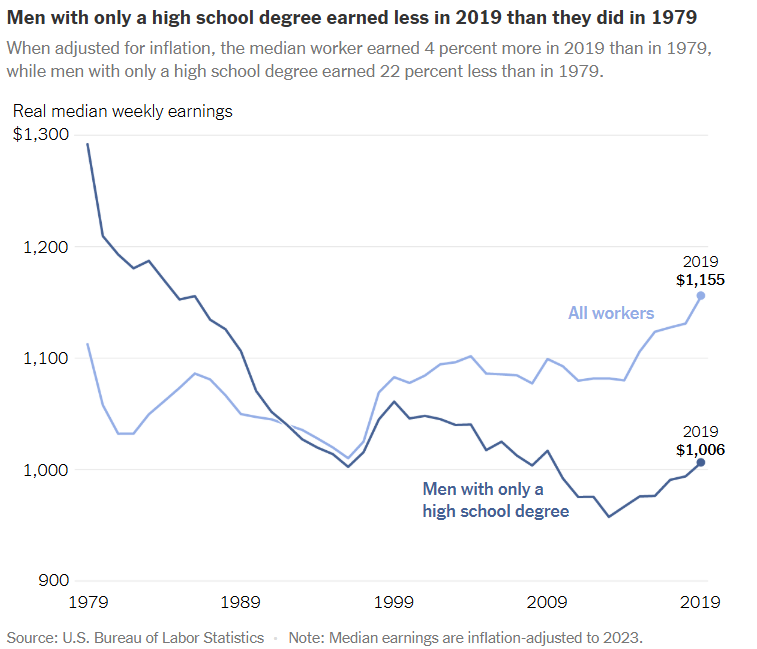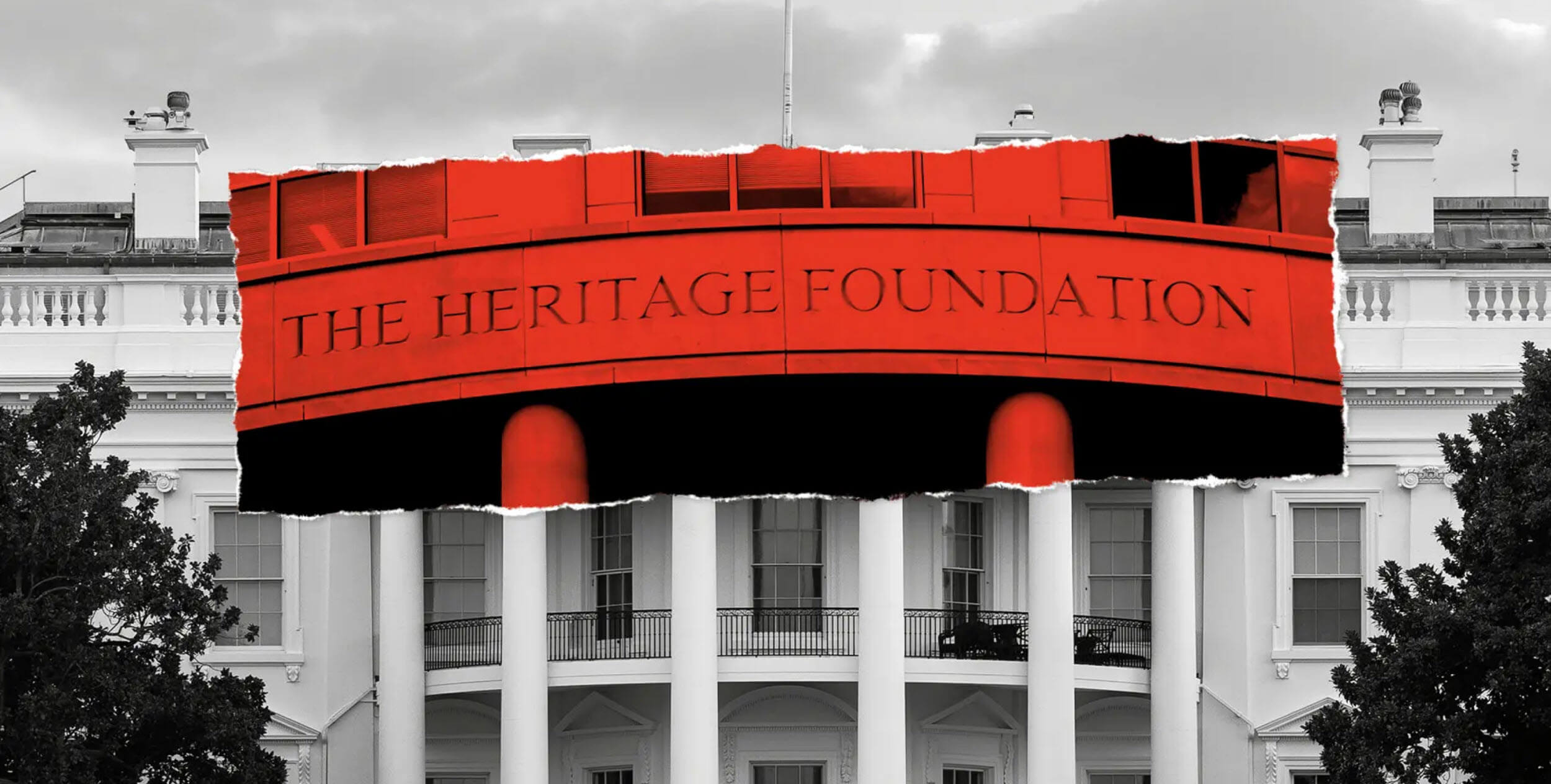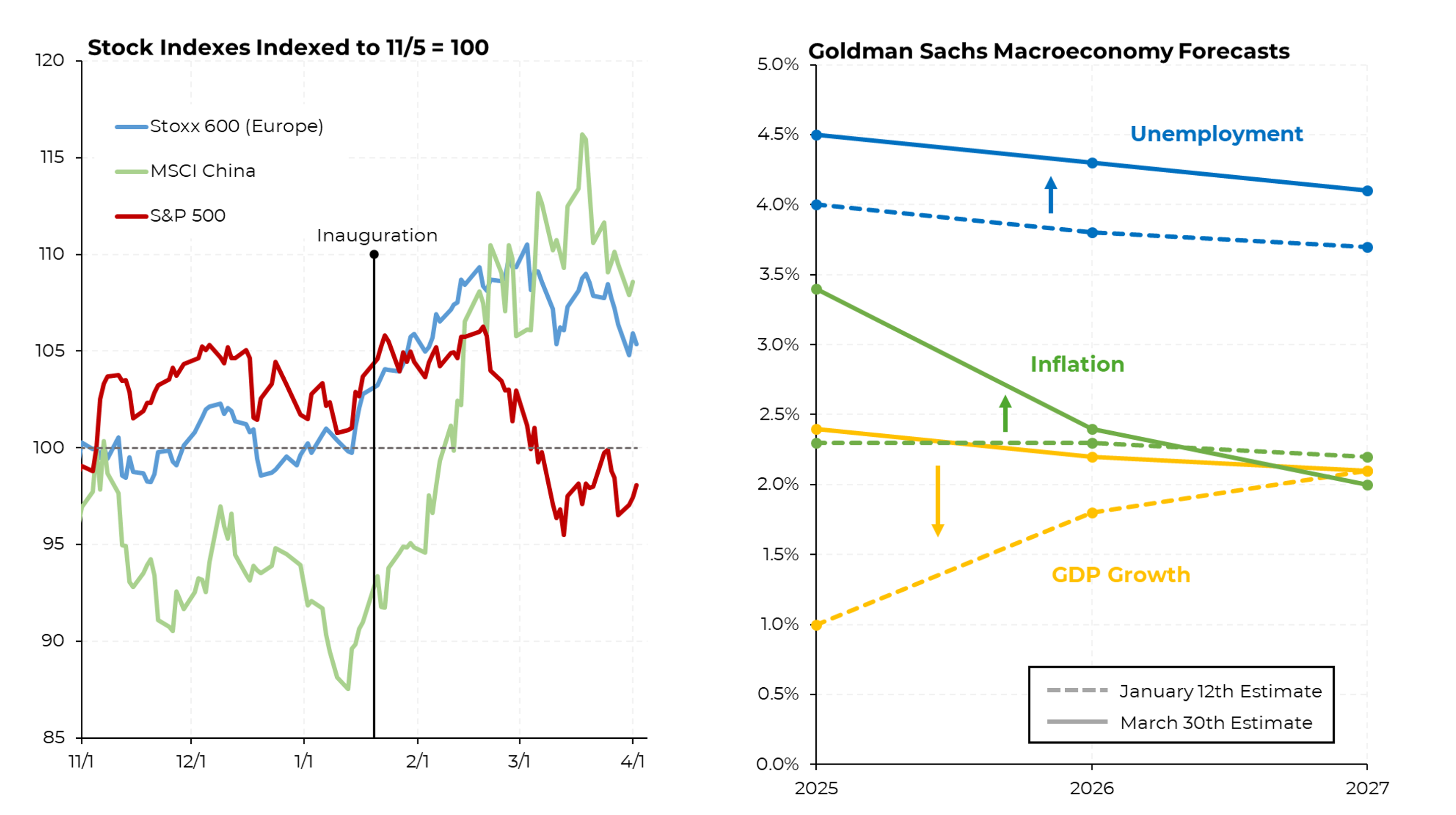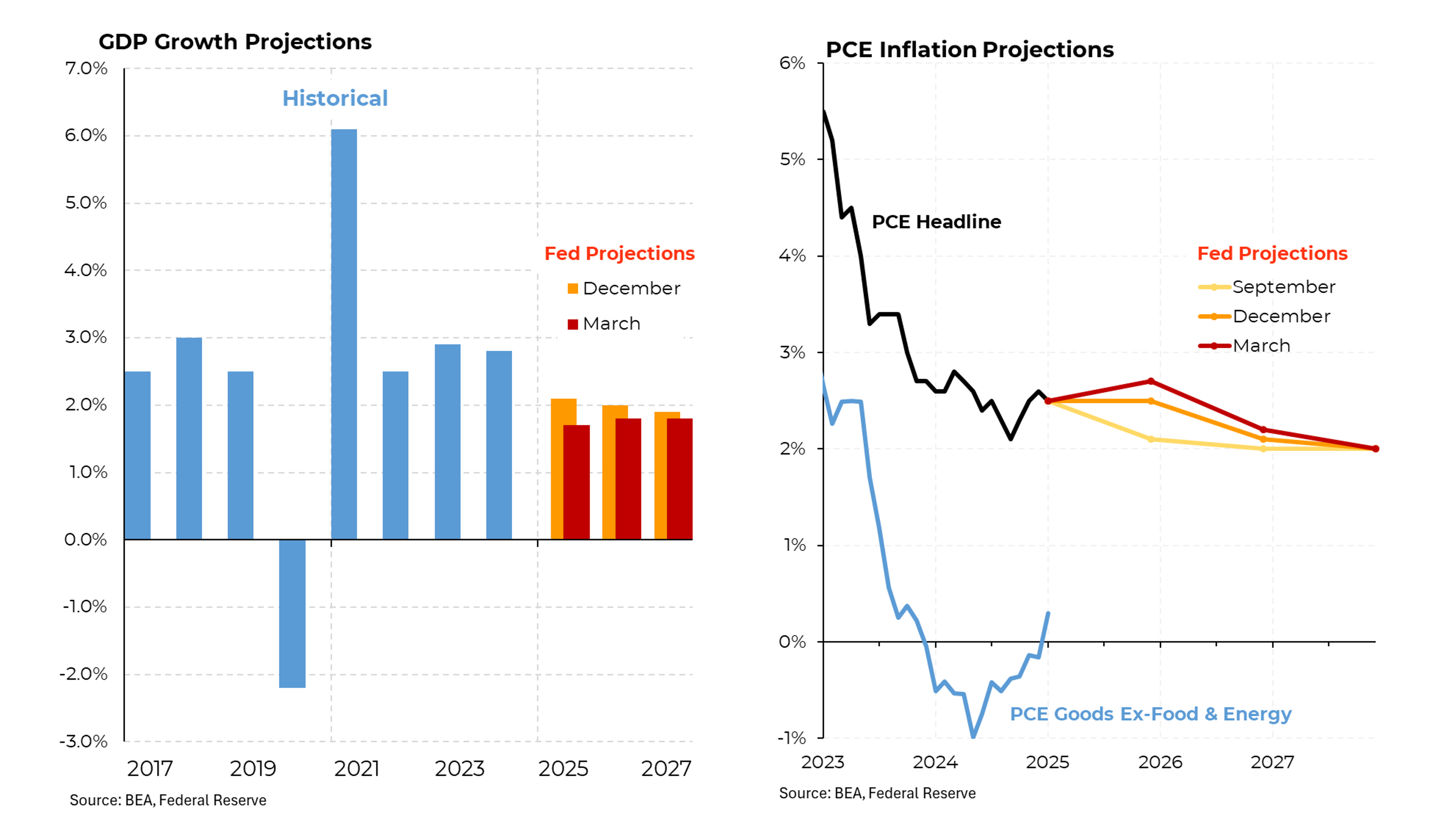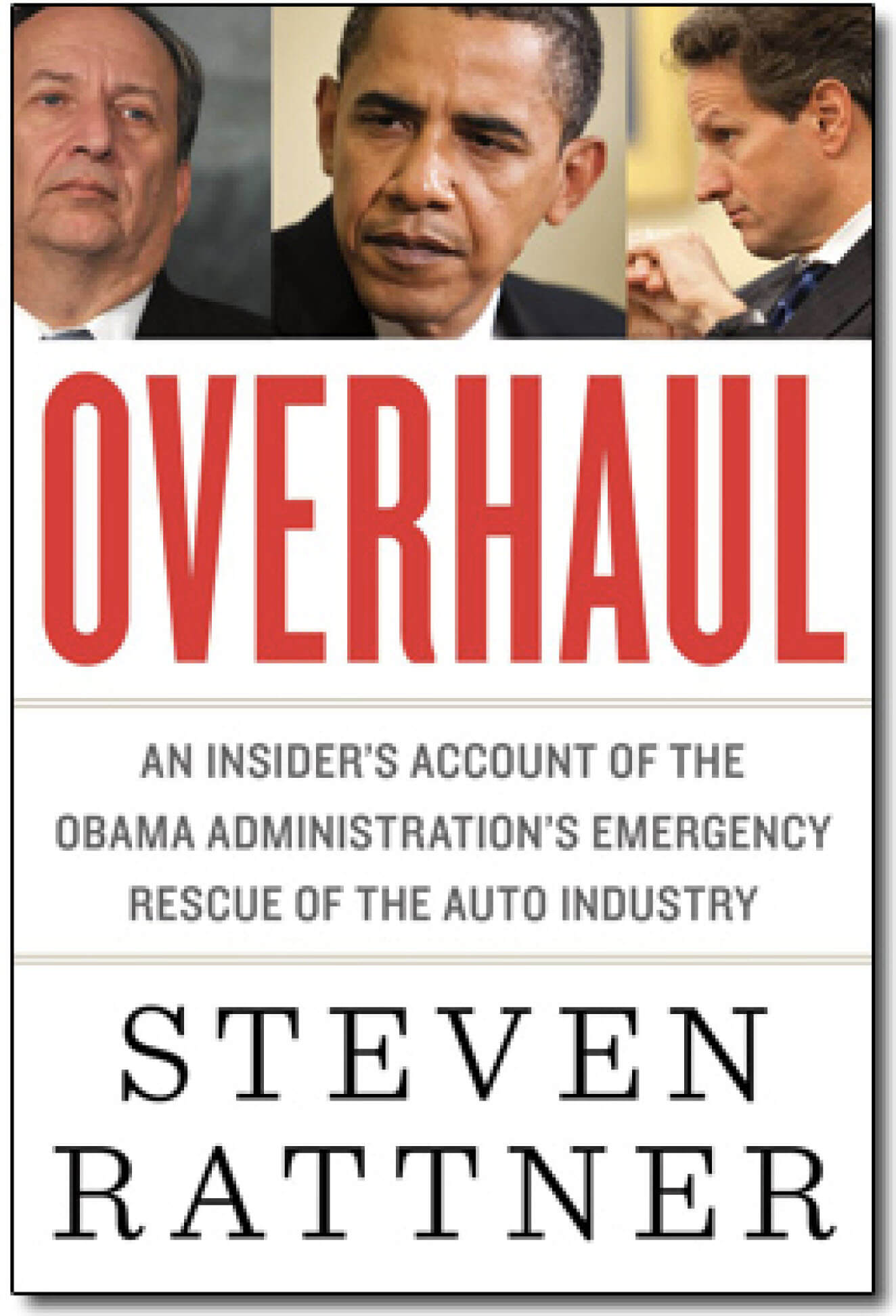Originally published in the Washington Post
We don’t need an aircraft carrier and “Mission Accomplished” banner, but isn’t it time to agree that the auto rescue has been a success? A year after the government-sponsored bankruptcies of GM and Chrysler, both patients are alive and progressing well toward recovery.
Two weeks ago, GM reported its first quarterly profit in nearly three years: net income of $865 million on $31.5 billion in sales. A month earlier, Chrysler’s first-quarter report included the news that the company had turned cash-flow positive after nearly bleeding to death in 2008.
Both companies are also doing better in the marketplace. Market-share declines have been arrested. Bloated inventories on dealers’ lots have been reduced dramatically. Use of sales incentives such as rebates and interest-free financing — the cocaine of the auto industry — has been substantially reduced.
And the prices that the cars are fetching have risen sharply since last year: by $2,500 for GM and $2,400 for Chrysler. That means that the companies’ historically poor images — brand equity, in industry parlance — have begun to improve.
How did this happen? First, the bankruptcies — terrifying to everyone — succeeded in wiping vast liabilities from the companies’ balance sheets, more than $65 billion in the case of GM. The government task force that evaluated the industry leaders — of which I was a part — also insisted on a cold-blooded look at operating costs. Tough, conservative projections replaced years of rosy-scenario forecasting. As a result, GM cut its North American expenses by $8 billion per year.
In overseeing the restructurings, we insisted that assumptions about sales be very conservative. We wanted GM, which used to need to sell 16 million vehicles a year in the United States just to break even, to be profitable at volumes as low as 10 million. Happily, annual sales are running above 11 million and are likely to keep climbing. Accordingly, what would have been losses at “old GM” are now profits at shiny new GM.
None of this would have been sufficient without a fresh approach to management, particularly at GM. The new board, composed of individuals chosen for their private-sector expertise, has insisted on faster, more analytically rigorous decision making. Ed Whitacre, whom we recruited as chairman, has done a great job since becoming chief executive. He has shaken up the management team, bringing in a handful of talented outsiders and reassigning many insiders.
Consequently, the U.S. Treasury is well on its way to recovering most of the $81 billion that the government invested in the auto sector to prevent its collapse. (That includes money for other auto-related entities, such as the finance companies. Chrysler itself got around $8 billion from the Obama administration and $4 billion from the Bush administration.) Not surprisingly, partisans on both sides have elasticized the facts: GM has been proclaiming in ads that it has paid back the government loans “in full.” While literally correct, this statement omits the fact that most of the government’s investment in GM is in stock that it still holds.
Meanwhile, conservatives such as Sen. Charles Grassley, the ranking Republican on the Finance Committee, maintain that GM has paid back the government with government money. That’s true, but only technically. We provided GM with a cash reserve — to protect taxpayers’ investment in the case of a prolonged auto recession — that has now proved unneeded. The fact remains that the nation’s largest automaker has outperformed our expectations — increasing the amount of money that the government is likely to recover.
Calculating the value of the Treasury’s holdings is straightforward because bonds of old GM, which are entitled to a sliver of equity in new GM, continue to trade. By that measure, Treasury’s total potential recovery from the GM investment currently hovers around $40 billion, compared to an investment by the Obama administration of $36.1 billion. (An additional $13.4 billion of bridge financing was provided by President George W. Bush in late 2008.)
To be sure, much work remains. At GM, cultural change must continue, and a long-term CEO who is as capable as the 68-year-old Whitacre must be found. Chrysler, which the task force believed was the tougher challenge, has much riding on upcoming products, particularly the redesigned Jeep Grand Cherokee and the introduction later this year of small cars developed by its partner, Fiat.
The most important priority for the administration is to maintain its admirable hands-off policy with respect to the automakers’ operations. And as the opportunity to cash out its stake grows nearer, the Treasury should take care to sell wisely. Bringing an end to government ownership of the auto industry is of great importance, but let’s not have a fire sale. We owe that much to taxpayers.

